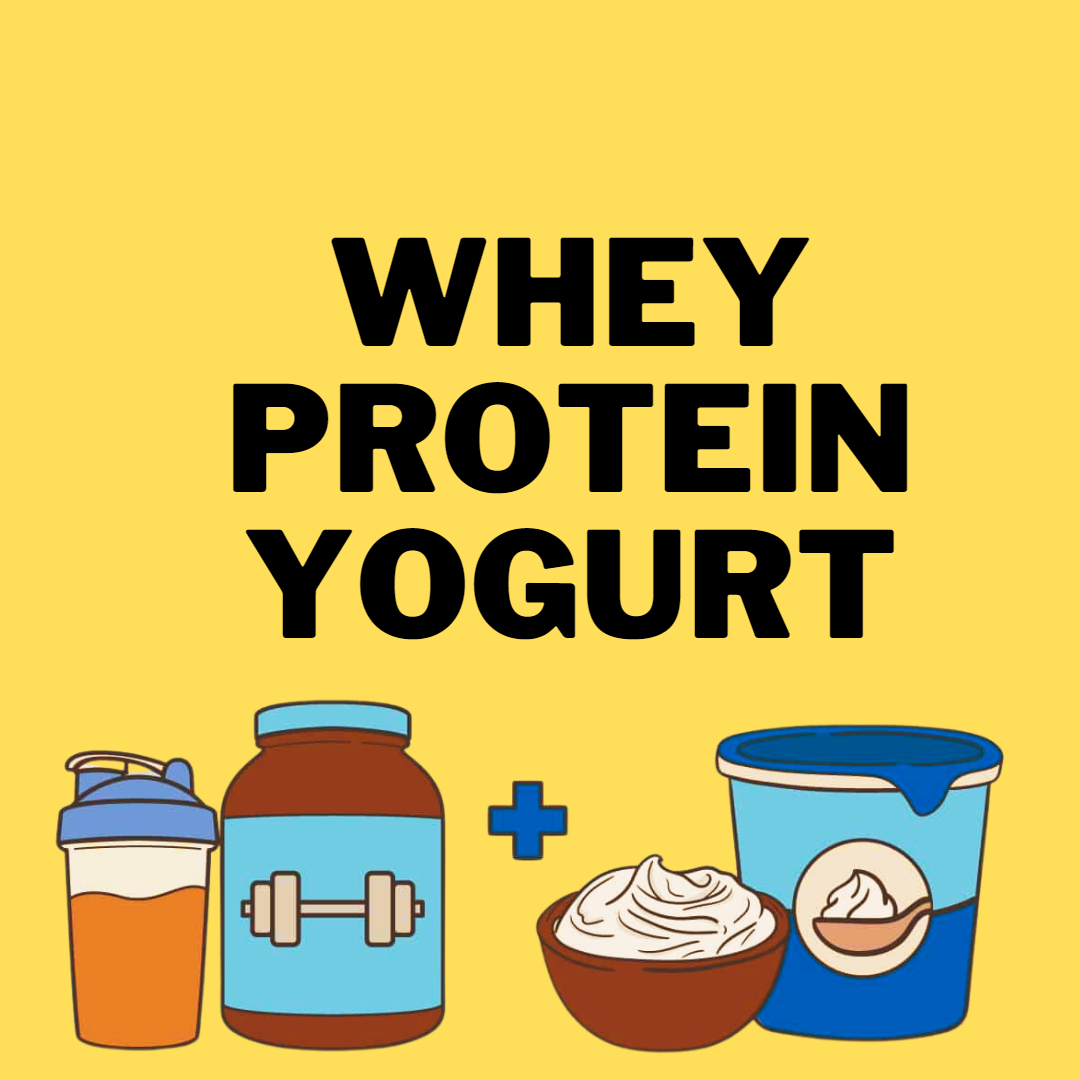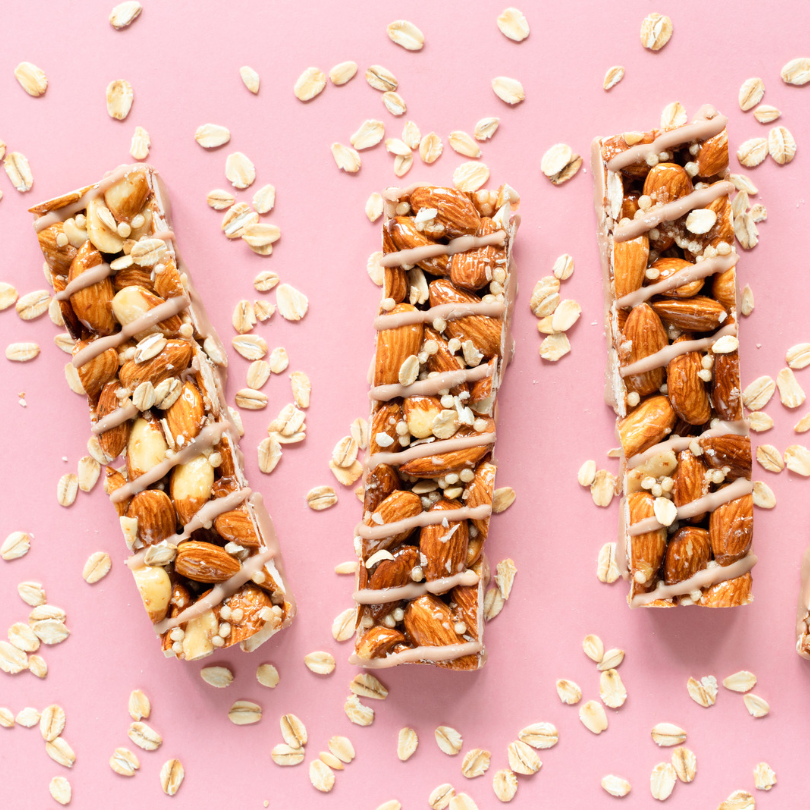Understanding Women’s Unique Need for Iron Supplements

Iron is an essential nutrient that plays a critical role in delivering oxygen to the muscles and supporting overall energy. For women, ensuring they have the right amount of iron is particularly important due to various factors such as menstruation, pregnancy, and breastfeeding. This comprehensive guide will delve into the importance of iron supplements for women, the types available, and considerations for taking them.
Understanding Iron’s Role in Women’s Health
- Menstruation and Iron Loss: Women lose an average of 30-40 milligrams of iron per menstrual cycle. With regular monthly periods, this iron loss can accumulate, increasing the risk of iron deficiency anemia14.
- Pregnancy and Increased Demand: During pregnancy, a woman’s iron requirements nearly double to support the growing fetus, placenta, and expanding maternal blood volume.
- Breastfeeding: While breastfeeding requires less iron than pregnancy, it is still crucial for mothers to maintain healthy iron levels for their own health and the quality of their milk.
Identifying Iron Deficiency
Iron deficiency is a gradual process that, if not addressed, can lead to iron-deficiency anemia. Early identification is crucial to prevent complications. Some signs to watch out for include12:
- Pale skin and dark circles
- Persistent fatigue, even after adequate rest
- Reduced cognitive abilities, such as difficulty concentrating
- Shortness of breath even with minor physical exertion
- Unusual cravings, like ice or dirt (known as pica)
Delving into Iron Supplements
When dietary sources are not enough, iron supplements can be beneficial. The two primary forms of iron supplements are12:
- Ferrous Iron Salts: These compounds, such as ferrous sulfate and ferrous gluconate, have a higher iron content. The body absorbs this form more effectively, but it may also cause more gastrointestinal side effects.
- Ferric Iron Salts: These include ferric citrate and ferric sulfate. While they might be gentler on the stomach, they are generally less soluble and not as efficiently absorbed.
Maximizing Iron Absorption
To get the most out of iron supplements, consider the following tips12:
- Combine with Vitamin C: Consuming a glass of orange juice or a vitamin C supplement can boost iron absorption.
- Mind Your Diet: Tannins (found in tea), calcium, and certain polyphenols (found in coffee) can inhibit iron absorption. It’s best to take iron supplements two hours apart from these.
- Opt for Slow-Release: Some iron supplements offer slow-release formulations, which may reduce gastrointestinal side effects.
Also, read Paneer vs Soya Chunks Unveiling the Vegetarian Protein Battle
Addressing Potential Side Effects of Iron Supplements
While iron supplements are beneficial, they can also have potential side effects. It’s important to be aware of these and take necessary precautions13:
- Digestive Discomfort: Constipation is a common side effect of iron supplements. Drinking plenty of water and increasing dietary fiber can help alleviate this.
- Stomach Upset: If nausea or an upset stomach occurs, consider switching to a different formulation or taking the supplement with a small snack.
When Supplements Aren’t Suitable
It’s important to remember that excessive iron can be harmful, and certain conditions may contraindicate iron supplementation. Conditions such as hemochromatosis, thalassemia, or certain types of anemia can lead to iron overload. It is always recommended to consult a physician before starting iron supplementation14. By understanding the importance of iron supplements for women and considering the factors involved, women can ensure they maintain healthy iron levels and support their overall well-being.
What are the best food sources of Iron Supplements for women?
The best food sources of iron for women include a combination of animal-based and plant-based options. Here are some of the top food sources of iron: Animal-Based Sources (Heme Iron):
- Lean beef
- Lamb
- Pork
- Kangaroo
- Poultry (chicken, turkey)
- Seafood (salmon, sardines, tuna)
- Organ meats (liver, kidney, pate)
Plant-Based Sources (Non-Heme Iron):
- Iron-fortified bread and breakfast cereal
- Nuts and seeds
- Dried fruit
- Wholemeal pasta and bread
- Legumes (mixed beans, baked beans, lentils, chickpeas)
- Dark leafy green vegetables (spinach, silver beet, broccoli)
- Tofu
It’s important to note that non-heme iron from plant sources is harder for the body to absorb compared to heme iron from animal sources. Therefore, it may be necessary for individuals following a plant-based diet to consume about 80% more iron to meet their dietary requirements. To enhance iron absorption from plant-based sources, it is recommended to consume foods high in vitamin C, such as oranges, strawberries, tomatoes, and broccoli. Additionally, combining non-heme iron sources with heme iron sources (meat, poultry, seafood) or foods high in vitamin C can also improve absorption4. By incorporating a variety of these iron-rich foods into their diet, women can ensure they are meeting their iron needs and supporting their overall health and well-being.

What are some vegetarian sources of iron for women?
Here are some vegetarian sources of iron for women:
- Beans and Lentils: These legumes are excellent sources of iron. Examples include kidney beans, chickpeas, black beans, and lentils.
- Tofu: Tofu, made from soybeans, is a versatile and iron-rich food option for vegetarians.
- Dark Leafy Greens: Vegetables like spinach, kale, silver beet, and broccoli are packed with iron.
- Nuts and Seeds: Cashews, almonds, pumpkin seeds, sesame seeds, and flaxseeds are all good sources of iron.
- Dried Fruits: Dried apricots, figs, raisins, and prunes are high in iron and make for convenient snacks.
- Whole Grains: Iron-fortified bread and breakfast cereals, wholemeal pasta, and whole-grain bread are good sources of iron.
- Mushrooms: Certain varieties of mushrooms, such as morels, oyster mushrooms, and shiitakes, contain iron.
It’s important to note that non-heme iron from plant sources is less easily absorbed by the body compared to heme iron from animal sources. Therefore, it may be necessary for vegetarians to consume about 80% more iron to meet their dietary requirements. To enhance iron absorption from plant-based sources, it is recommended to consume foods high in vitamin C, such as citrus fruits, strawberries, tomatoes, and bell peppers. Combining non-heme iron sources with heme iron sources or vitamin C-rich foods can improve absorption. By incorporating these iron-rich vegetarian foods into their diet, women can ensure they are meeting their iron needs and supporting their overall health and well-being.



How much Iron Supplements do women need per day and how does this differ from men’s requirements
Women require more iron than men due to factors such as menstruation, pregnancy, and lactation. The amount of iron an individual needs each day depends on their age, sex, and other factors such as underlying health conditions. According to the National Institutes of Health, the recommended dietary allowance (RDA) for iron is as follows:
- Adult men (aged 19 and over): 8 mg/day
- Women (aged 19 to 50 years): 18 mg/day
- Women (aged 51 and over): 8 mg/day
- Pregnant women: 27 mg/day
It’s important to note that these are general recommendations, and individual iron needs may vary depending on factors such as health status and lifestyle14. Menstruating women, aged 19 to 50 years, need around 18mg of iron a day, more than double the recommended amount for Australian men (8mg). By consuming iron-rich foods and/or taking iron supplements as recommended by a healthcare provider, women can ensure they are meeting their daily iron needs and supporting their overall health and well-being.
- Water Intake Calculator: Everything You Need to Know - September 7, 2024
- 5 Weight Gain Drink Recipes for Healthy Bulking - March 29, 2024
- High-Calorie Banana Shake for Weight Gain - March 27, 2024









